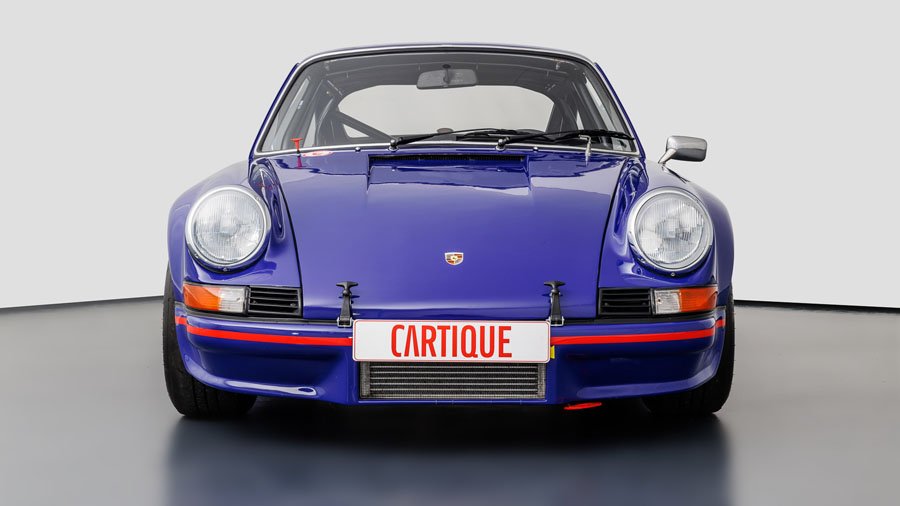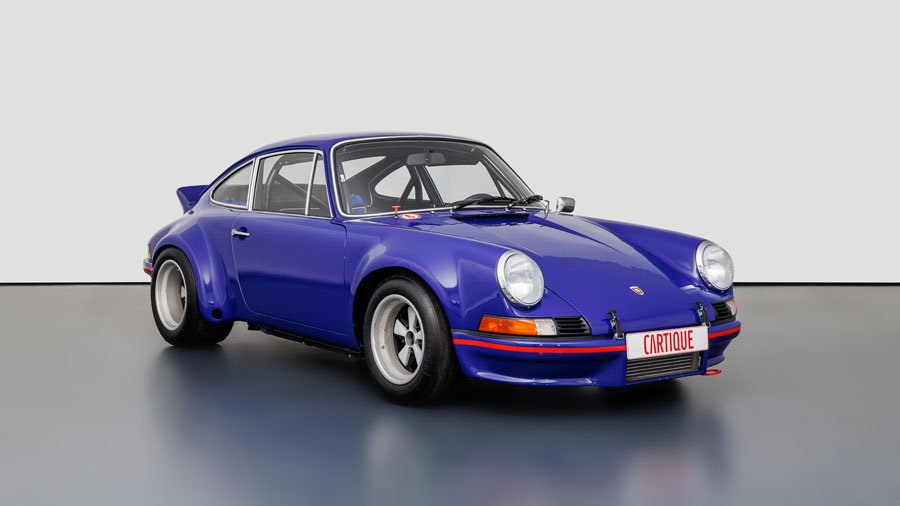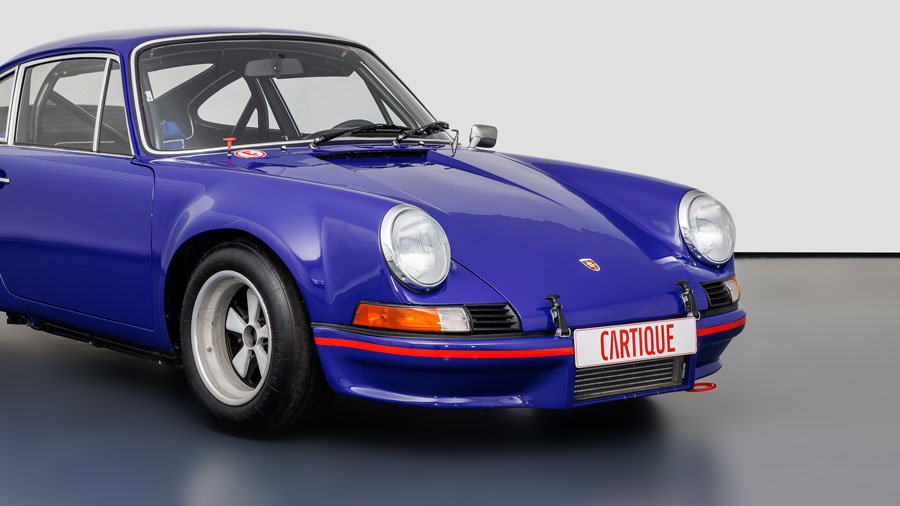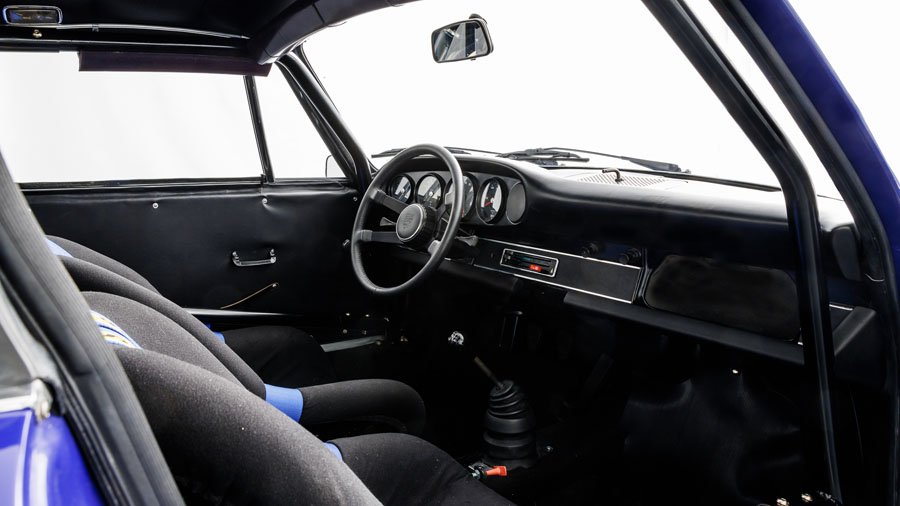One to Buy: 1 of 1 Dalmation Blue ex-Dominique Thiry 1973 Porsche 911 2.8 Carrera RSR
/ Ben Tyer
The only reason Porsche created the fabled 2.7-litre 911 Carrera RS was to pave the way for this car to go racing in 1973: the 911 2.8 Carrera RSR.
In addition to its bigger engine (308bhp compared to 210bhp), the RSR came with uprated brakes, suspension and wheels, improved cooling and dramatically widened fenders.

55 were sold to privateer teams and another small batch were retained for use by Porsche’s works-assisted Martini, Penske and Brumos teams.
Perhaps most famously, the RSR scored two outright victories in the 1973 World Sportscar Championship; against a field of purpose-built Prototype Brumos won the Daytona 24 Hours and Martini repeated the feat with victory on the Targa Florio.

Of the 55 customer RSRs constructed by Porsche, only one was painted Dalmation Blue.
That car, chassis 9113600791, is currently on offer at the Mechatronik showroom in Pleidelsheim, just north of Stuttgart.

Its first owner was Dominique Thiry of Strasbourg who successfully ran ‘0791’ in a mixture of events during 1973 collecting wins at Vosges and Dijon.
It then went through the hands of a couple more French owners (one of whom raced it at the 1975 Le Mans 24 Hours) and is today presented in stunning restored condition complete with German road registration.





















































